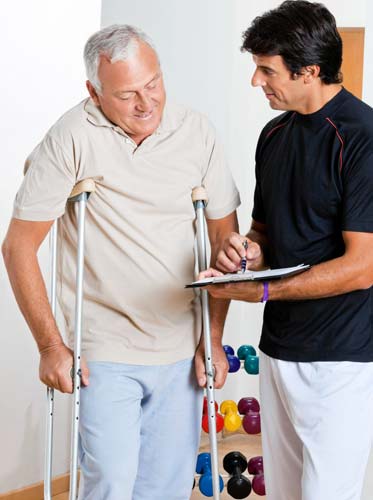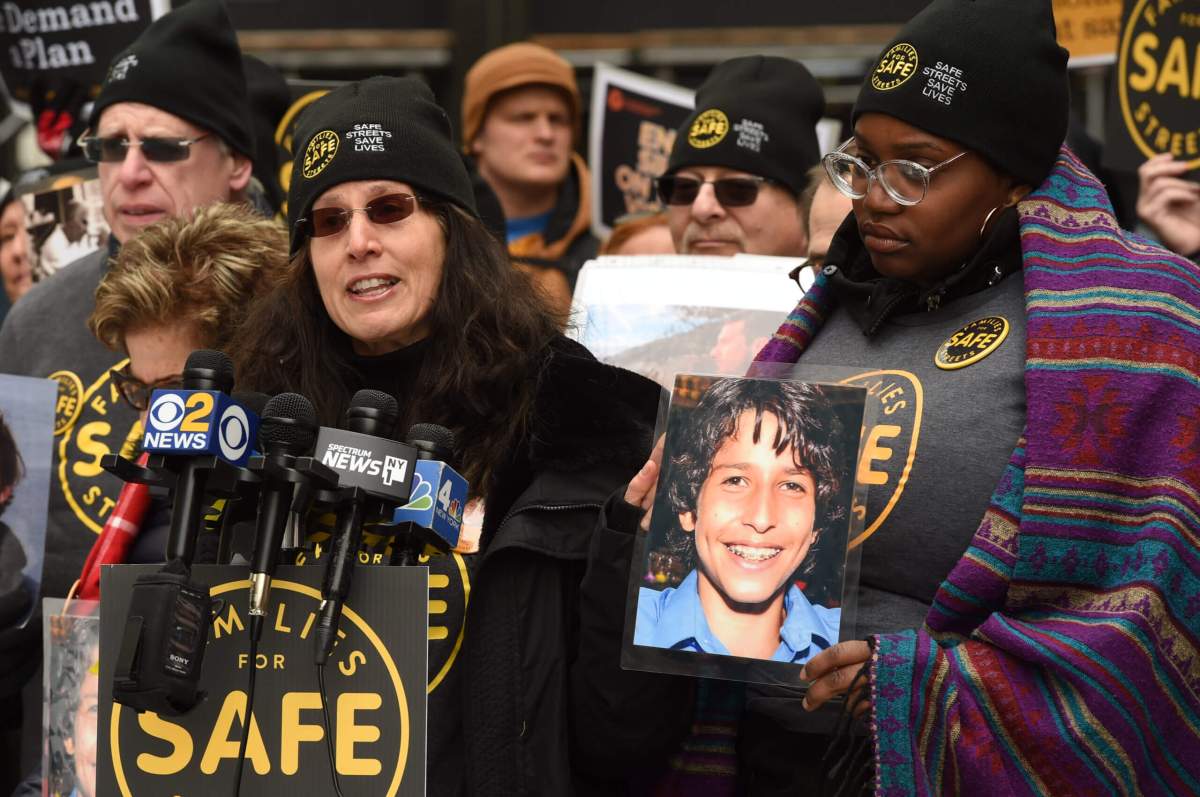As stroke awareness month drew to a close, several stroke related studies of particular interest were published. These include one showing that Black Americans develop hypertension (high blood pressure) more frequently, and more rapidly, than white Americans.
The study, published in the journal Hypertension, examined health records of Blacks and whites from 2003-2009. After eliminating other possible factors, Blacks in the study had a higher rate of pre-hypertension (BP between 120/80 and 139/89). This increased the risk of them developing high blood pressure by 35 percent.
In fact, the study shows that, on average, Blacks develop hypertension (BP of 140/90 or higher) up to a year sooner than whites. Edward D. Frohlich, M.D., of the Ochsner Clinic Foundation, explained one reason might be greater fat and salt intake in the African American diet. He also cautioned that high blood pressure puts you at significantly greater risk of stroke.
You do not have to have high blood pressure (hypertension) to be at increased risk of having a stroke however. Pre-hypertension also increases that risk according research published in the journal Neurology.
“Overall, people who had pre-hypertension were at a 55 percent higher risk of experiencing a future stroke than people without pre-hypertension,” said study researcher Bruce Ovbiagele, MD, of UC San Diego School of Medicine. “This result held regardless of sex, race-ethnicity, blood pressure type (systolic or diastolic) or the type of stroke (clot or hemorrhage).”
Alarmingly, the risk was even greater for those with blood pressure at the high end of “normal” (between 130/85–139/89).
Black Americans are already at greater risk of having a stroke. They are also more likely to die from one, in part thanks to elevated risk factors like hypertension and obesity.
In a stroke emergency prompt hospital arrival is critical to take advantage of clot-busting drugs or other stroke intervention procedures. These have to be administered within three hours of stroke symptoms. Virtually no one in the study knew that there were ischemic stroke treatments and procedures available that can save lives.
“Getting to the hospital quickly means right now — as in drop everything,” said Amie Hsia, M.D., the study’s lead author and medical director of the Washington Hospital Center Stroke Center. “With every minute that passes, more brain cells die,” she warned.
Dr. Hsia also said that in times of stroke, patients arrive faster in an ambulance, and the hospital can be alerted in advance by EMS so that stroke cases can be treated sooner upon arrival.
“If you show up in your car, the hospital has to triage and figure out how serious your symptoms are, which takes more time,” Hsia cautioned.
Delays in getting to the hospital can adversely effect the outcome of a medical emergency.
Know Stroke
A strokes is sometimes called a “brain attack.” It occurs when blood flow to the brain is interrupted. When a stroke occurs, brain cells in the immediate area begin to die. Stroke is the third leading cause of death in the U.S. It is also a leading cause of serious, long-term disability. The good news is that treatments are available that can greatly reduce the damage caused by a stroke. However, you need to recognize the symptoms and get to a hospital quickly.
There are two major kinds of stroke. An ischemic stroke is caused by a blood clot that blocks flow in the brain. About 80 percent of all strokes are ischemic. A hemorrhagic stroke is caused by a blood vessel that breaks and bleeds into the brain.
What disabilities can result from a stroke? The effects of a stroke range from mild to severe and can include paralysis, problems with thinking, problems with speaking, and emotional problems. Patients may also experience pain or numbness after a stroke.
Know the Signs. Because stroke injures the brain, you may not realize that you are having a stroke. To a bystander, someone having a stroke may just look unaware or confused. Stroke victims have the best chance if someone around them recognizes the symptoms and acts quickly.
Stroke Symptoms:
~Sudden numbness or weakness of the face, arm or leg, often on one side of the body
~Sudden confusion and trouble speaking or understanding others
~Sudden difficulty seeing
~Sudden trouble walking, feelings of dizziness and loss of balance or coordination
~Sudden severe headache of unknown cause
Act in Time. Stroke is a medical emergency. Every minute counts! The longer blood flow is cut off to the brain, the greater the damage. Immediate treatment can save people’s lives and enhance their chances for recovery. If you believe someone is having a stroke – if he or she suddenly loses the ability to speak, or move an arm or leg on one side, or experiences facial paralysis on one side – call 911 immediately.
Why act so fast? Ischemic strokes can be treated with a drug called t-PA that dissolves blood clots. The window of opportunity to start treating stroke patients is three hours, but to be evaluated and receive treatment, patients need to get to the hospital within 60 minutes.
Courtesy Healthy Living News


























